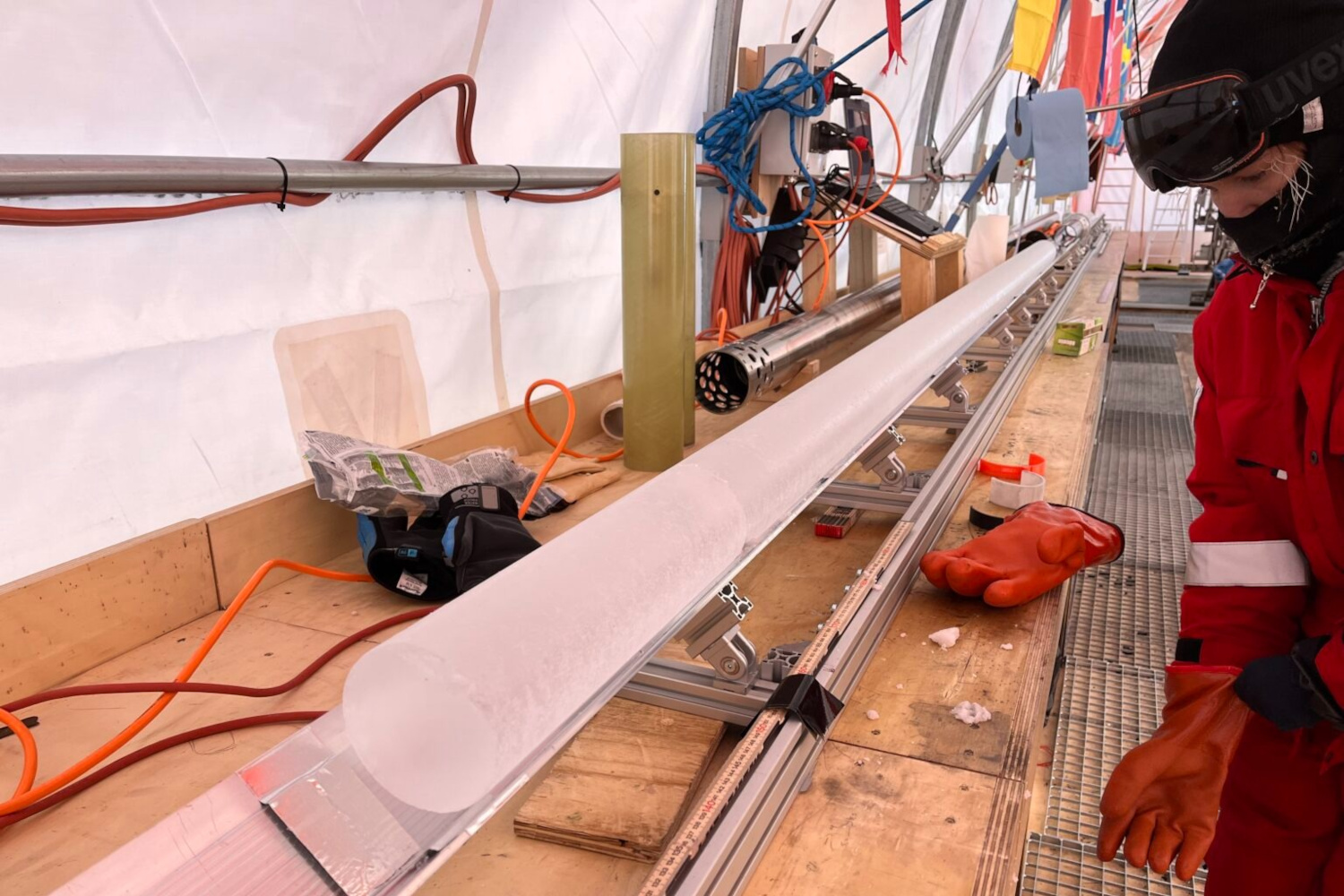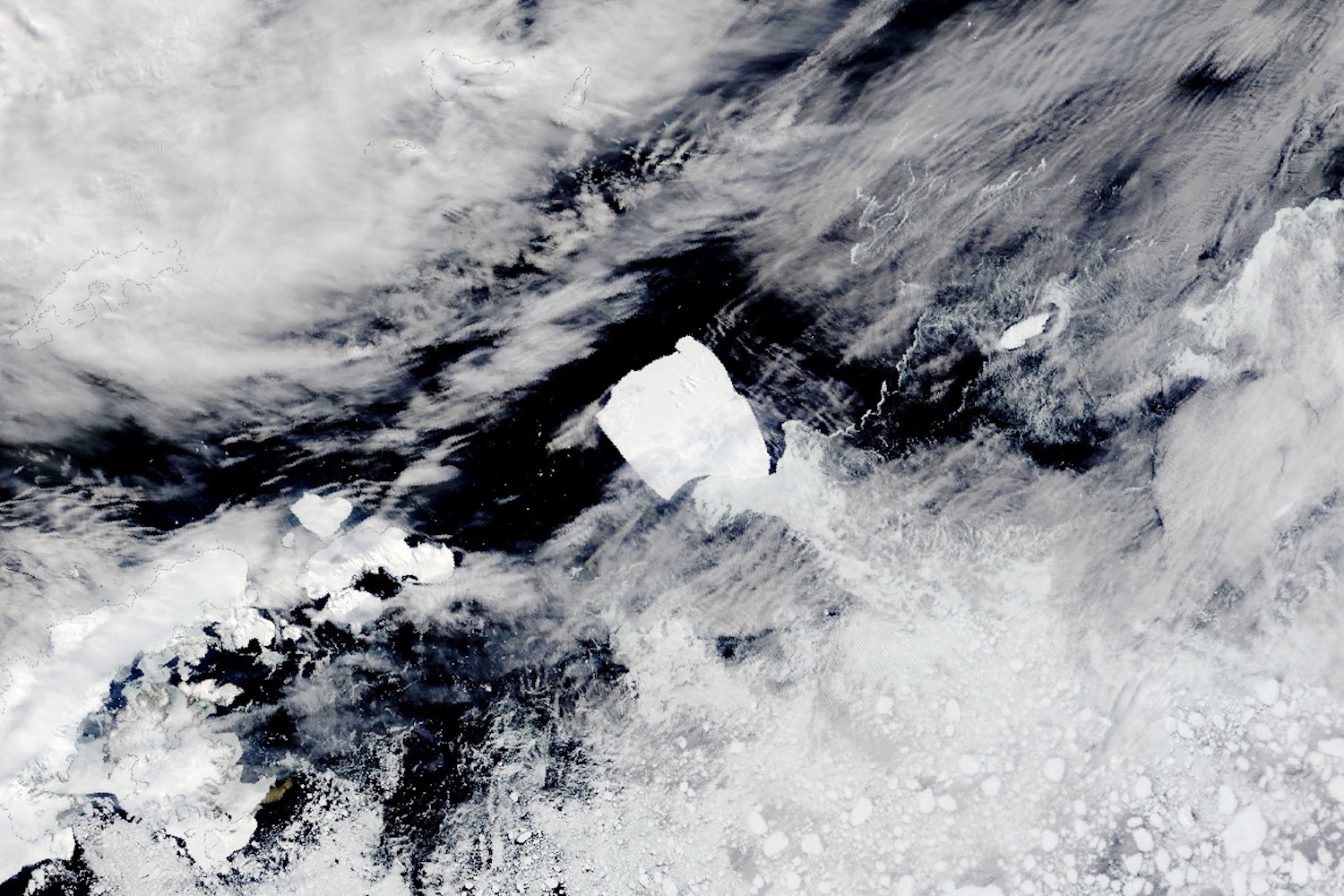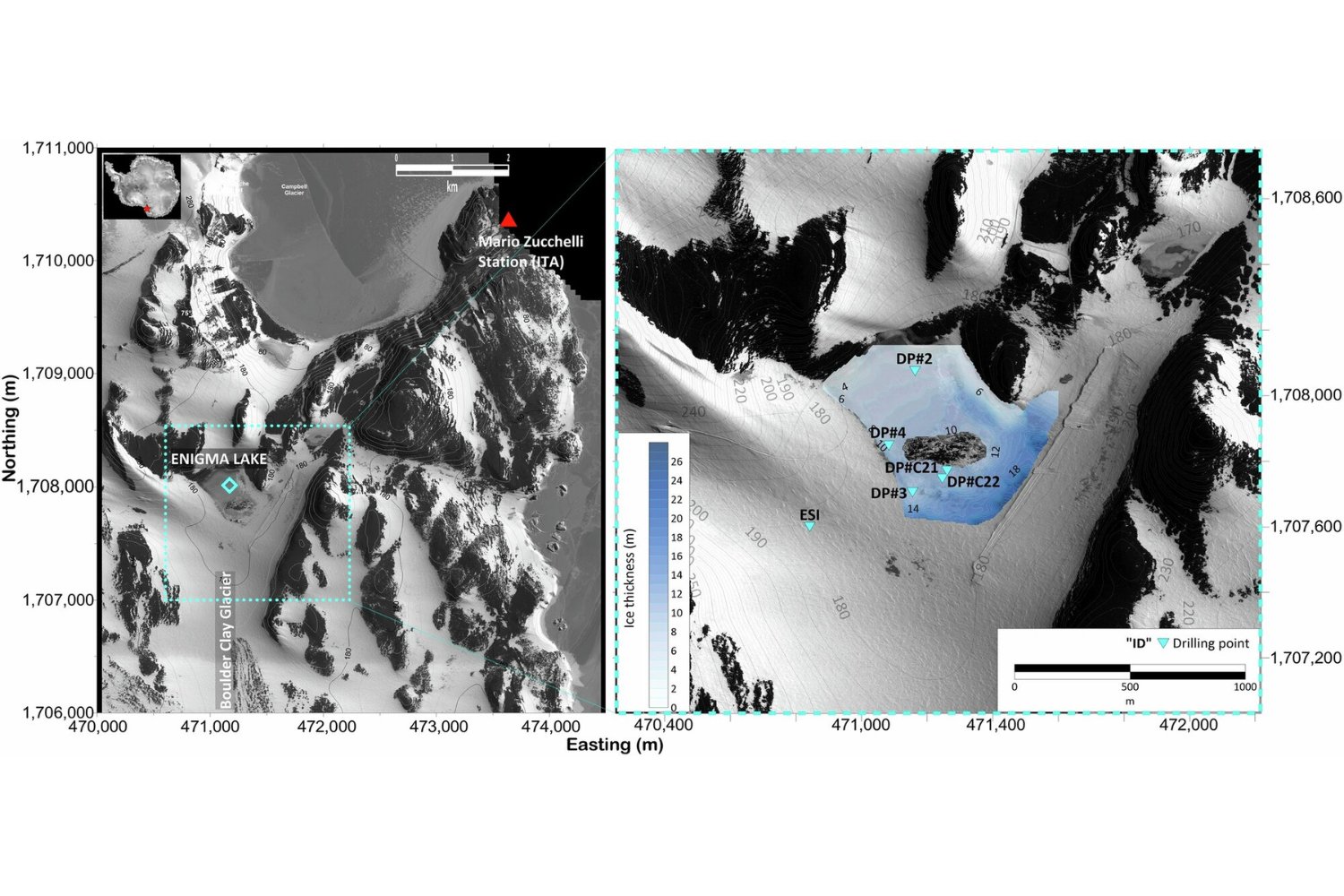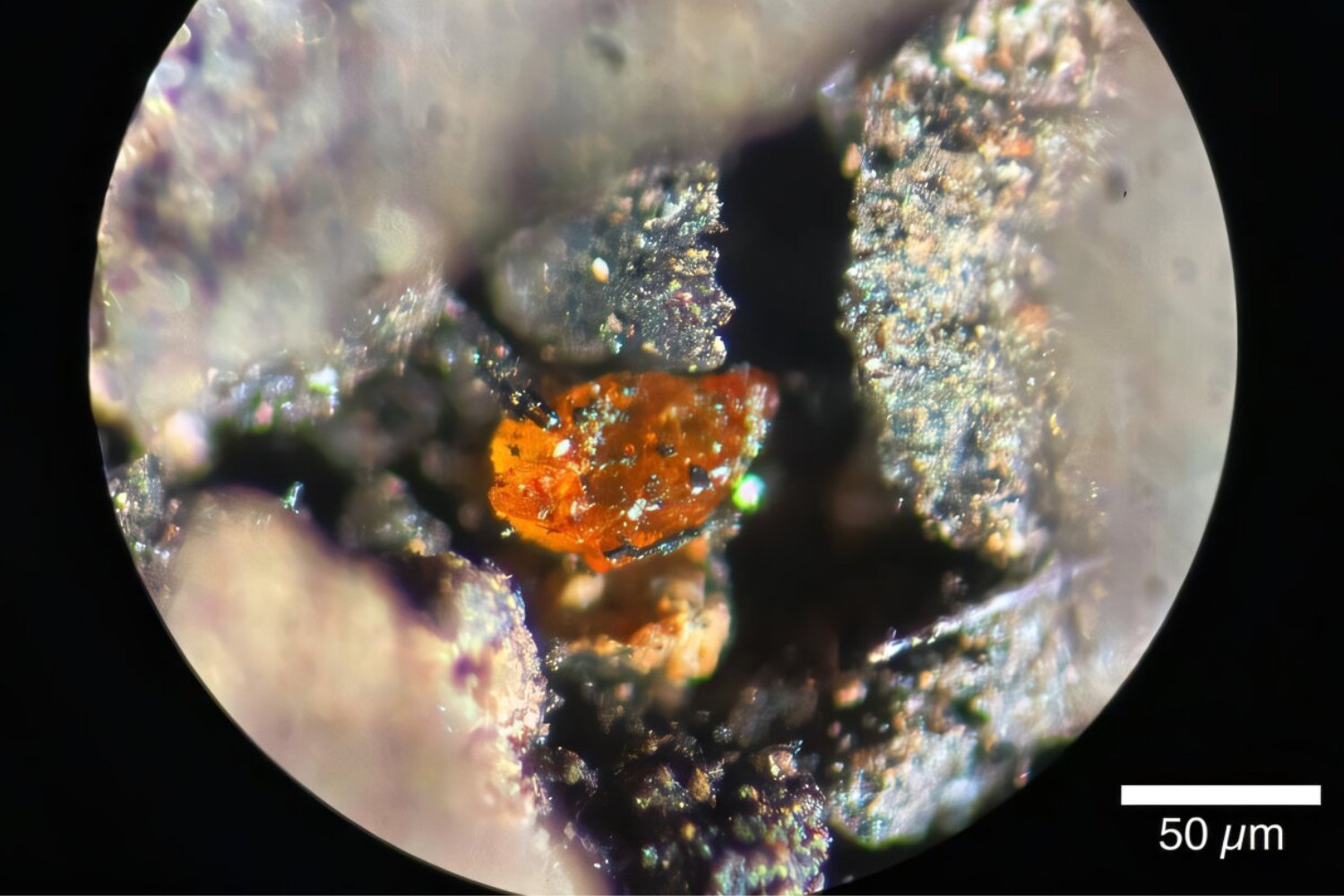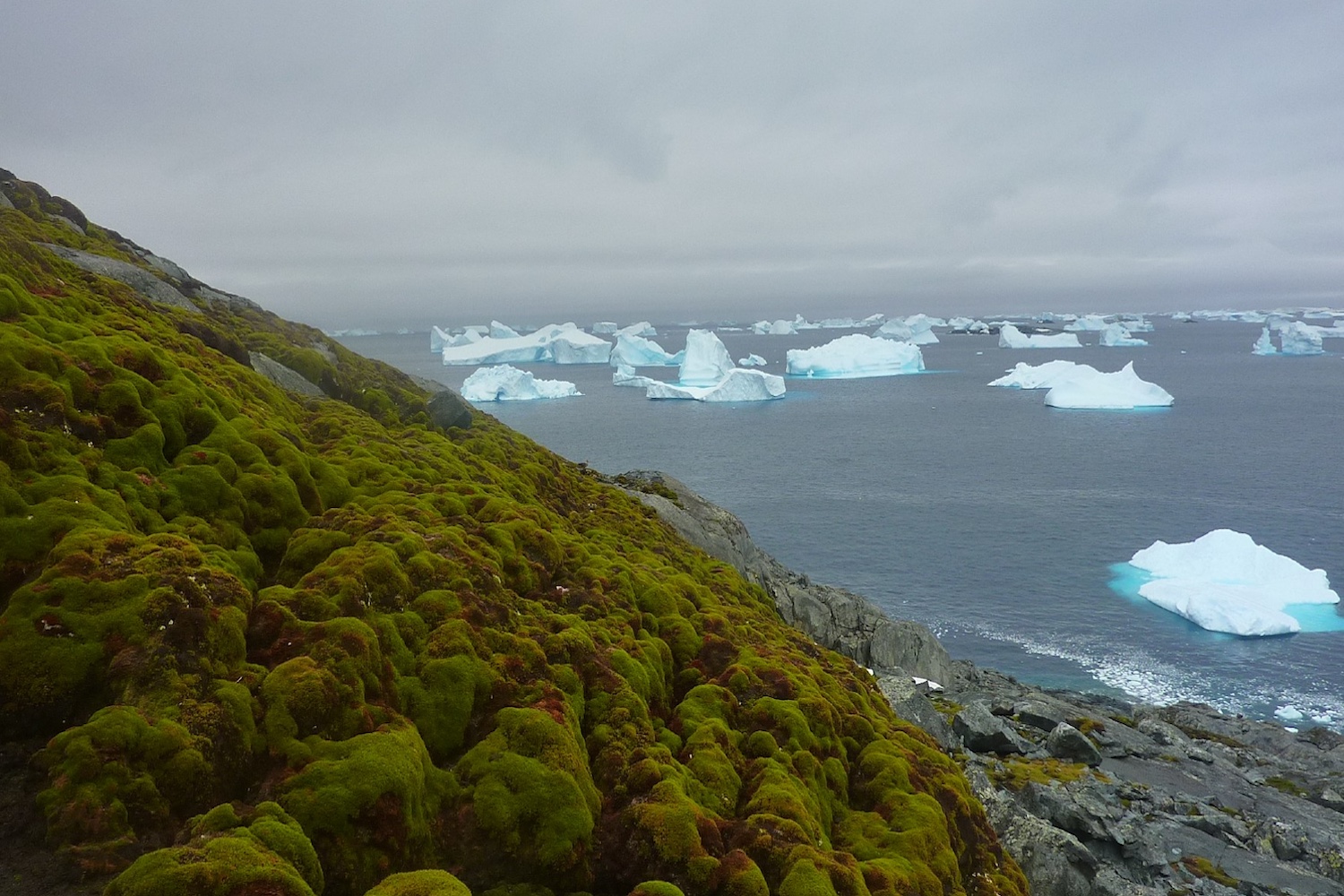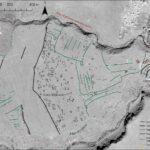What better way to learn about the ocean’s depths than plastering this contraption on a wild seal’s head? This guy and 56 of his friends are gathering information about the seafloor to help scientists model the ocean’s reaction to climate change.
The 57 elephant seals, which have an electronic tag (which looks more like a small camera and an antenna) affixed to their skulls, are the first sea creatures to be used to collect data about the seafloor’s topography, called bathymetry. Whales, seals, and other large sea mammals have been used to track ocean temperatures and salinity levels in the past.
The tags record data every few seconds while the animals swim. This is sent to scientists via satellite when they visit the surface. Seals hunt for food along the seafloor about 30% of the time, and after a combined 200,000 dives, researchers have a pretty good idea of the lay of the oceanland. One important discovery the seals have made is a channel of warm water cutting across the Western edge of Antarctica.
The use of seals is a far less costly option than the tens of thousands that would otherwise be spent sending ships into Antarctic waters to collect this information. [Wired]
